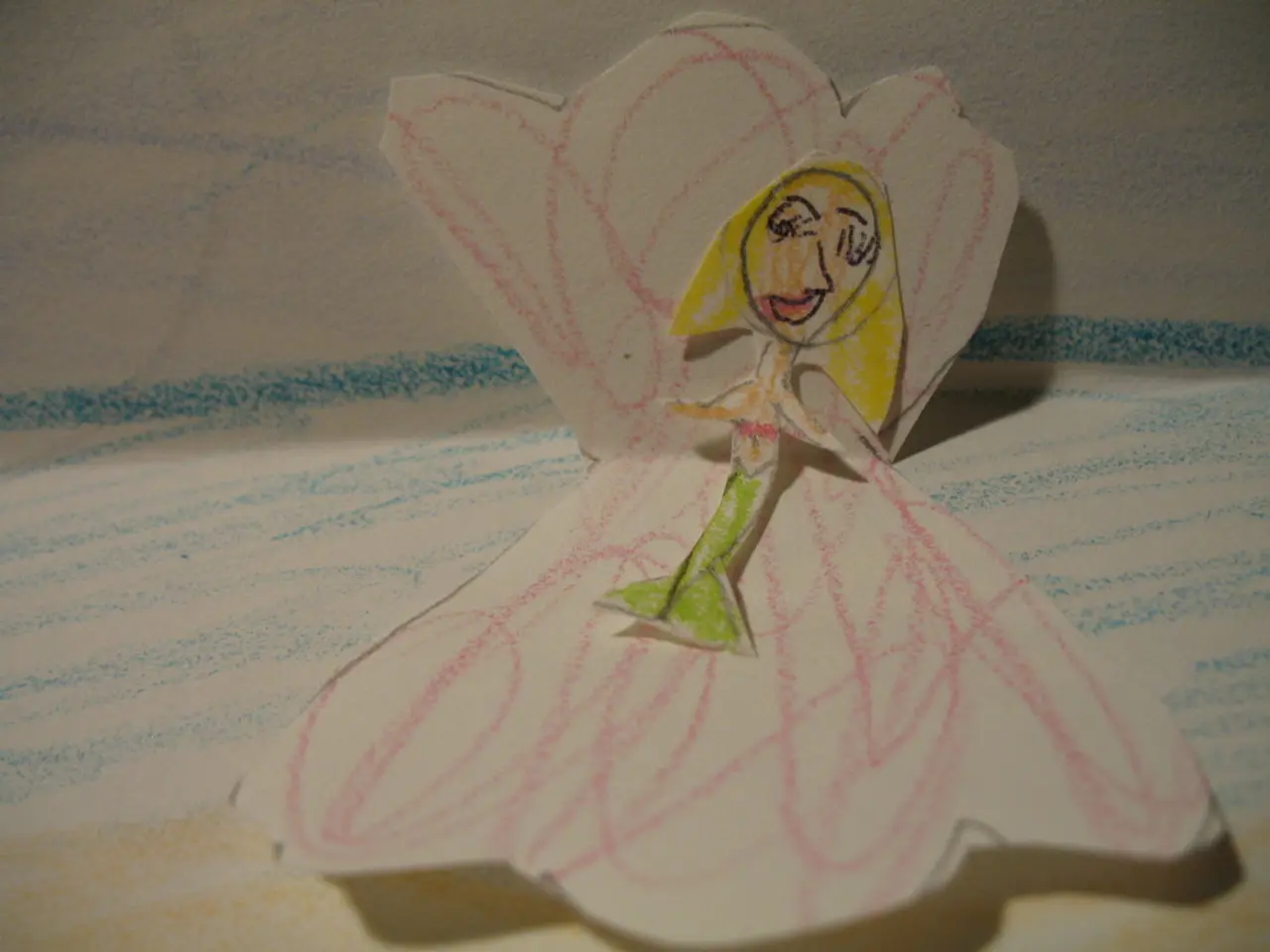Outsourcing Studio's Approach and Procedures for Game Art Production
In the dynamic world of game development, a well-oiled machine is essential for delivering high-quality assets that meet the demands of various game genres. One such machine is the game art outsourcing studio, a powerhouse of creativity and efficiency that brings game projects to life.
The typical game art outsourcing workflow in such a studio follows a systematic approach. Developers first find a suitable partner, evaluating portfolios, testimonials, and expertise before engaging in discussions about project scope, budget, and cost estimates. Once an agreement is reached, a non-disclosure agreement (NDA) is signed, and production begins.
The art team, often led by an art director, creates visual elements, starting from concept art to 2D/3D models, environments, characters, assets, lighting, and effects. Regular updates are provided throughout this phase. The completed art is then subjected to internal quality checks before being delivered to the client, who may request revisions as per the agreement terms.
A crucial element in large-scale game art projects is the Style Guide. This comprehensive document defines the art style, color palettes, lighting rules, proportions, anatomy, and other visual parameters, ensuring all assets maintain a cohesive look that fits the game's overall aesthetic. By providing clear guidelines, the Style Guide eliminates guesswork and reduces the need for extensive revisions.
Moreover, the Style Guide acts as a shared reference, allowing quicker onboarding and smoother handoffs between teams. It reduces misunderstandings between clients, art directors, concept artists, and outsourced teams, ensuring everyone works towards the same vision from the start.
For large outsourcing projects, where different studios or freelancers may contribute assets, a Style Guide ensures the end product remains unified, regardless of the volume or diversity of contributors. It also serves as a foundation for creative direction, formalising initial visuals into actionable rules that help other artists accurately translate concepts into final assets.
In summary, the game art outsourcing workflow is a structured process from partner selection through production and review, heavily reliant on clear communication. The Style Guide is essential in large projects because it acts as the foundation for artistic unity, operational efficiency, and smooth collaboration between diverse artists and teams spread across locations. By adhering to this guide, studios ensure that all produced assets maintain quality and coherence, which is vital for the success of complex game productions.
In the realm of large-scale game art projects, smart-home devices could potentially aid in managing the workflow more efficiently, allowing team members to stay connected and updated on project progress remotely. Additionally, the integration of recent gadgets and advanced technology within the artistic creation process could streamline the generation of visual elements, fostering increased creativity and precision.




